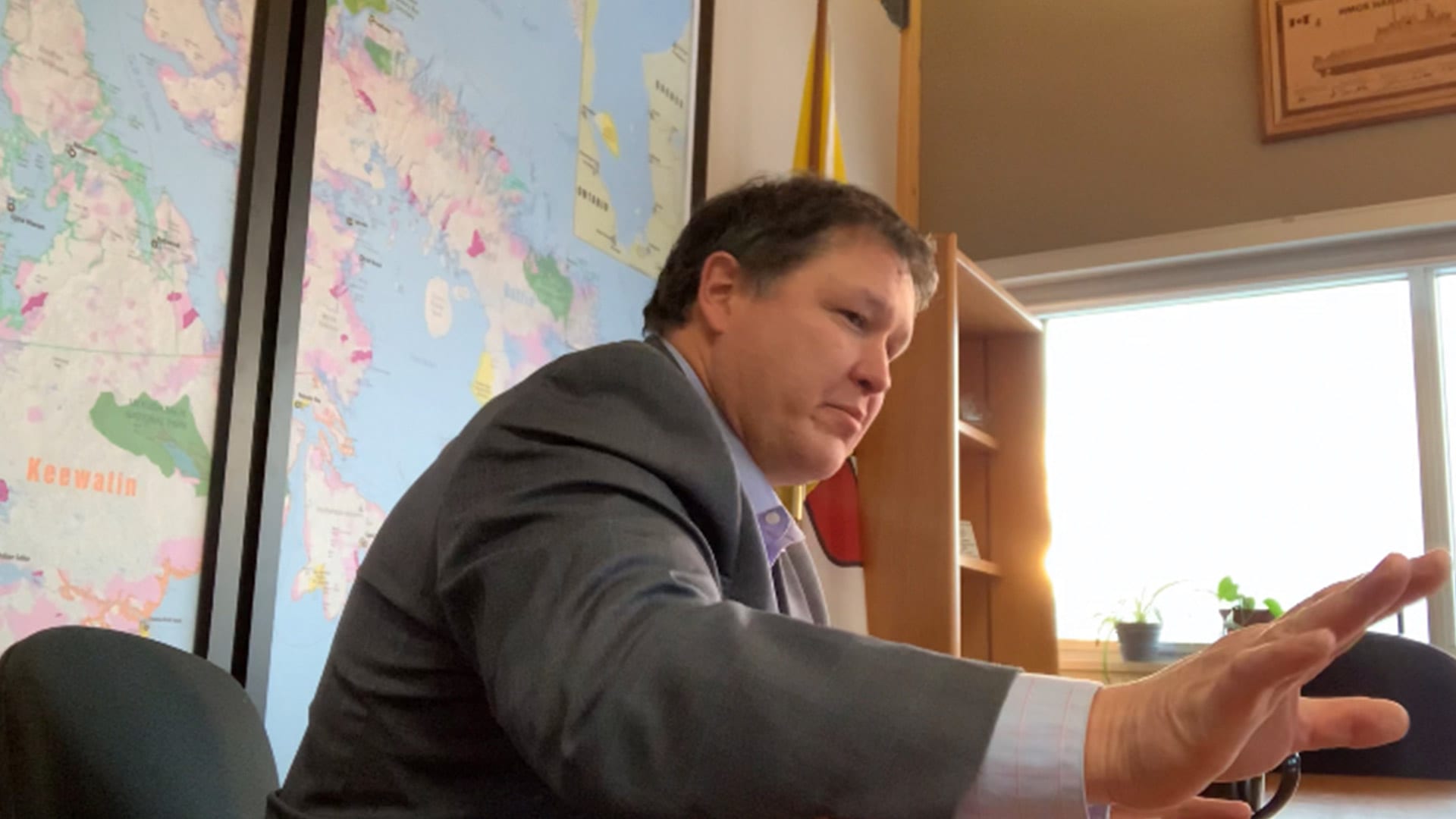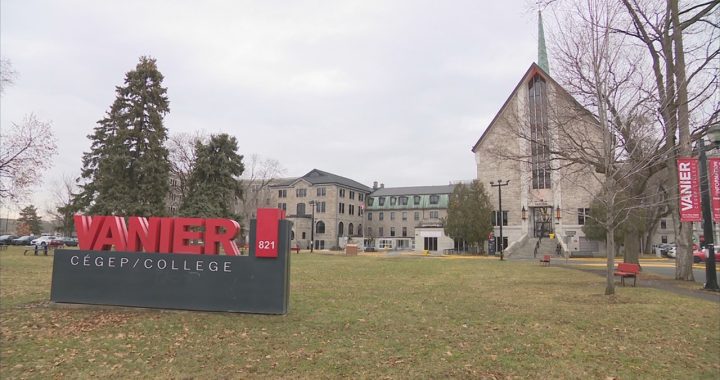While Nunavut went seven months without a single case of COVID-19, those months weren’t free – there were costs, both financial and social.
“We are in a deficit,” said Nunavut Premier Joe Savikataaq. “The two biggest expenditures we’re having is the airlines and the isolation hubs. Those are the two biggest drains, especially the isolation hubs. We’re still working with the federal government to help us out with the financial costs of the isolation hubs.”
One of the biggest steps to slow down COVID-19 was making isolation mandatory before entering the territory.
Everyone except for “essential” workers, nurses, some tradespeople, RCMP, must spend 14 days in a southern isolation hub before entering the territory.
The government picks up the cost. The hubs had cost over $5 million by June.
Nunavut’s 39,000 residents are spread over a fifth of Canada’s landmass, in 25 fly-in communities. There are now 74 COVID-19 cases in four of those communities; Sanikiluaq, Rankin Inlet, Arviat and Whale Cove.
In total, there was $49 million spent on unbudgeted spending to prepare and slow down the pandemic.
“[Chief Public Health Officer] Dr. Patterson has made it clear that until the infection rate in the South goes down… that the isolation hubs would have to be there,” said Savikataaq. “I’m not even talking financial cost, it’s the cost of if we get an outbreak in communities, that cost, we don’t know what that cost would be, not financially, medically and health wise.”
George Hickes was Nunavut’s Health and Finance Minister until recently, when he swapped Health for Justice.
“When you’re sitting there and weighing people’s lives, very early on, we decided as a cabinet to just follow the best medical advice available,” said Hickes.

Staying in a hotel room, far from home, for two weeks also comes at a mental cost.
Patterson said he recognizes it can be tough.
“Yeah, the first week is easy, relatively easy, it is the second week when boredom starts to set in and you feel like you’ve seen the same food days on end,” said Patterson. “There’s only so many shows that one person can binge on Netflix.
“It really starts to wear on people, and it’s understandable that loss of autonomy, the loss of control, you can only take that for so long.”
Nunavut’s premier managed to avoid staying in an isolation hub. When he retrieved his float plane from Manitoba in the spring, he filed a plan with Patterson’s office to isolate at his cabin on the land far outside Arviat. He flew directly to the camp, to avoid potentially spreading the virus.
Read More:
After months preparing, Rankin Inlet gets its first cases of COVID-19
He said he has empathy for those who can’t do what he did.
“It’s not the financial hardship, it’s that your freedom of mobility is restricted. You’re there, you’re in isolation,” explained Savikataaq. “You can go out at certain times, but even then you are making sure that you’re isolated, and I have heard, it’s hard.
“I know it would be hard. I know people who went through, it’s hard to go through, but a lot of people are saying it is a price that has to be paid for us to keep Nunavummiut safe.”
Government officials knew that the decision to close Nunavut’s schools could have spin-off problems, but didn’t anticipate just how big those problems could be.
“One of the ripple effects when the schools closed down was the breakfast program and the lunch programs, we had not really anticipated, we had thought about it, but we weren’t sure exactly how much of an impact it would have” said Savikataaq.
“We did do our best to try to get the food out, and there was a lot of volunteers in the community that stepped up to the plate, to make sure that the children that needed to be fed did have a source of food.”

Another cost, due to risks of sending people south for medical treatment, and those medical facilities already feeling the strain of COVID-19 response, many non-urgent medical treatments were postponed.
That bill will come due eventually.
“Delays in screening, for cancer, delays in screening for TB (tuberculosis) and other diseases may lead to other deaths, other harms, from a medical point of view that’s a cost or an impact that will take some time to tally,” said Dr. Patterson.
Then, there are the social costs. The cancelled birthday parties, the postponed weddings, the sparsely attended funeral.
“I know I hear stories very regularly of people not able to attend the birth of a grandchild, or funerals,” said Hickes “People are still having babies, people are still passing away, families aren’t able to mourn together, celebrate together, in ways we have for our entire lives.
“It’s really changed the perspective on recognizing how important that human contact is.”










